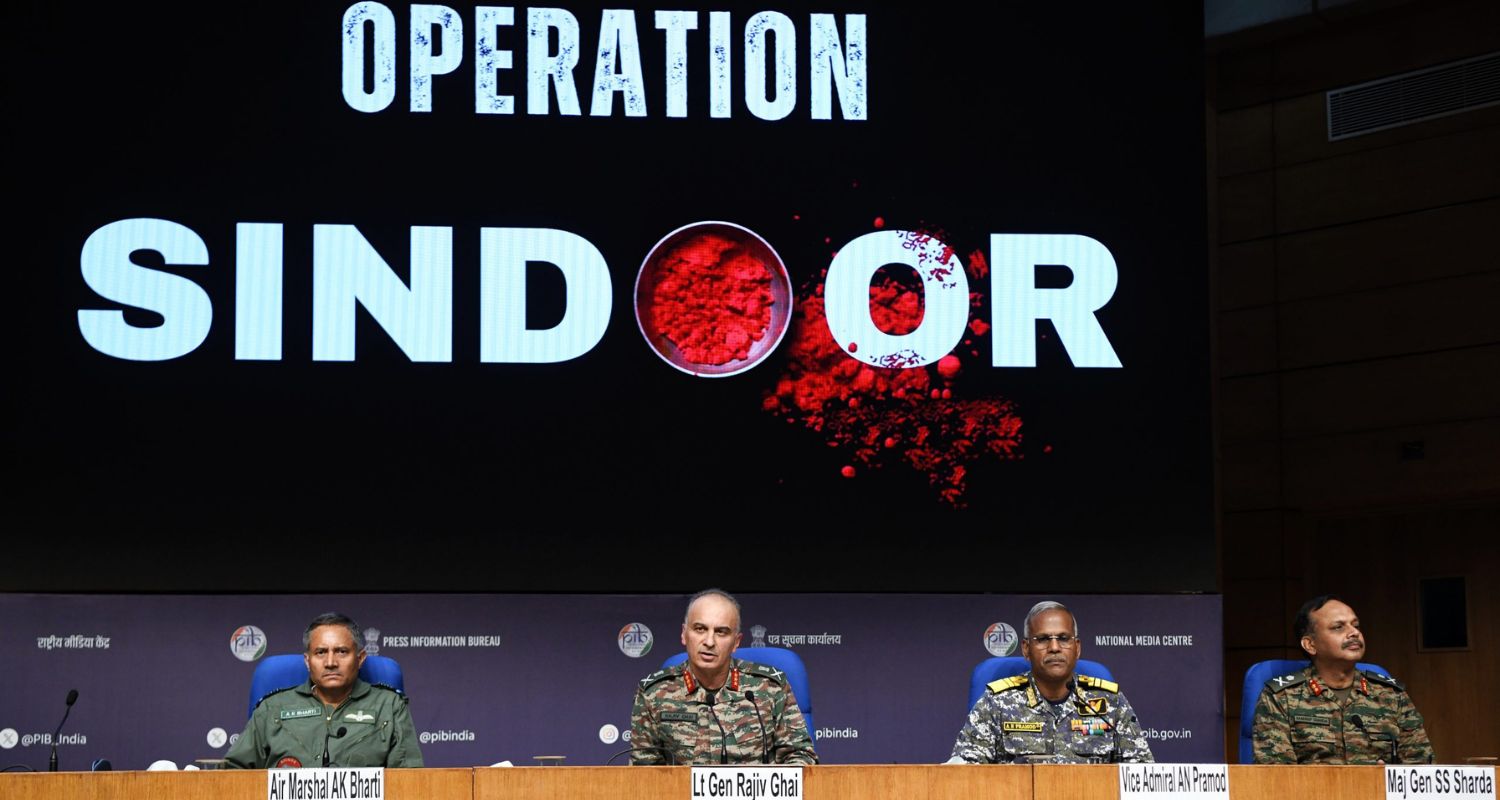India’s Operation Sindoor, a swift and calibrated military response to the Pahalgam terror attack in Jammu and Kashmir that killed 26 people, resulted in the destruction of significant Pakistani military assets, according to sources familiar with the post-conflict assessment. The operation, which unfolded over several days in early May, inflicted heavy losses on Pakistan’s air and ground forces, targeting both combat platforms and strategic infrastructure.
Sources confirmed that six Pakistan Air Force (PAF) fighter jets were brought down during aerial combat operations. These engagements, conducted by Indian air defence units, took place over Pakistani Punjab and regions of Pakistan-occupied Jammu and Kashmir (PoJK). The downed jets were tracked by radar and airborne early warning systems, with thermal signatures and missile strike confirmations verifying their destruction. After impact, the aircraft vanished from Indian tracking systems, indicating complete loss.
The operation also involved precision strikes against high-value airborne surveillance platforms. One such target, either an electronic countermeasure aircraft or an airborne early warning and control system (AEW&C), was destroyed at a distance of roughly 300 kilometres using India’s long-range Sudarshan strike capability.

A second surveillance aircraft, reportedly of Swedish origin and stationed at Pakistan’s Bholari airbase, was eliminated during a cruise missile strike. Satellite imagery reviewed after the strike confirmed the total destruction of the aircraft’s hangar.
In another major blow to Pakistani logistics, a PAF C-130 Hercules transport aircraft was destroyed in a targeted drone strike. The aircraft was parked at a forward operating base near Multan when it was hit. Sources noted that the C-130 had been used for logistical support during the initial phases of Pakistan’s operations.
Indian Air Force (IAF) fighter jets, including Rafale and Su-30 aircraft, also carried out a significant strike on a facility storing unmanned aerial vehicles. A hangar housing more than ten Chinese-origin Wing Loong series medium-altitude, long-endurance drones was completely destroyed. In addition, Indian air defence units intercepted and downed several Pakistani drones that entered Indian airspace, particularly across Jammu and Kashmir and Rajasthan during the course of hostilities.
While India officially disclosed limited targets as part of its counter-terror operation, new intelligence from a previously undisclosed Pakistani military dossier—pertaining to its own campaign titled Operation Bunyan un Marsoos—revealed a broader scope of Indian strikes.
According to maps and data contained in the dossier, Indian forces struck at least seven more locations than initially acknowledged. These included military or dual-use facilities in Peshawar, Jhang, Hyderabad in Sindh, Gujrat in Punjab, Bahawalnagar, Attock, and Chor. The discovery of these additional strike locations highlights the depth and reach of India’s offensive, extending far beyond publicly declared objectives.
Also Read: Oppn fumes as CDS admits India’s 'jet loss' in Op Sindoor
The operation began on the night of May 6–7 with coordinated airstrikes on terror infrastructure across Pakistani Punjab and PoJK. Nine key targets were initially selected, including the Jaish-e-Mohammed headquarters in Bahawalpur and a Lashkar-e-Taiba camp in Muridke. Strikes also hit facilities in Muzaffarabad, Kotli, Rawalakot, Bhimber, and Chakwal. High-resolution satellite imagery from Maxar Technologies later confirmed substantial damage to several of these sites, particularly training camps operating within PoJK.
Indian officials reiterated that the initial wave of strikes focused exclusively on terror infrastructure and avoided Pakistani military assets. However, this changed after Pakistan launched retaliatory attacks on May 8, involving drones and ballistic projectiles aimed at Indian civilian areas in Rajasthan and military installations in Jammu and Gujarat. In response, India expanded its targeting to include key Pakistani air bases.
Among the airfields hit were Nur Khan, Rafiqui, Murid, Sukkur, Sialkot, Pasrur, Chunian, Sargodha, Skardu, Bholari, and Jacobabad—demonstrating a calibrated escalation designed to neutralize Pakistan’s ability to continue air operations.
On May 10, facing mounting battlefield losses and international diplomatic pressure, Pakistan’s Director General of Military Operations, Major General Kashif Abdullah, initiated contact with his Indian counterpart, Lieutenant General Rajiv Ghai. Pakistan requested an immediate ceasefire. India agreed to pause military operations but made it clear that any further provocation would trigger a renewed and possibly broader retaliatory response.
Also Read: Defence ministry launches essay contest on Operation Sindoor


